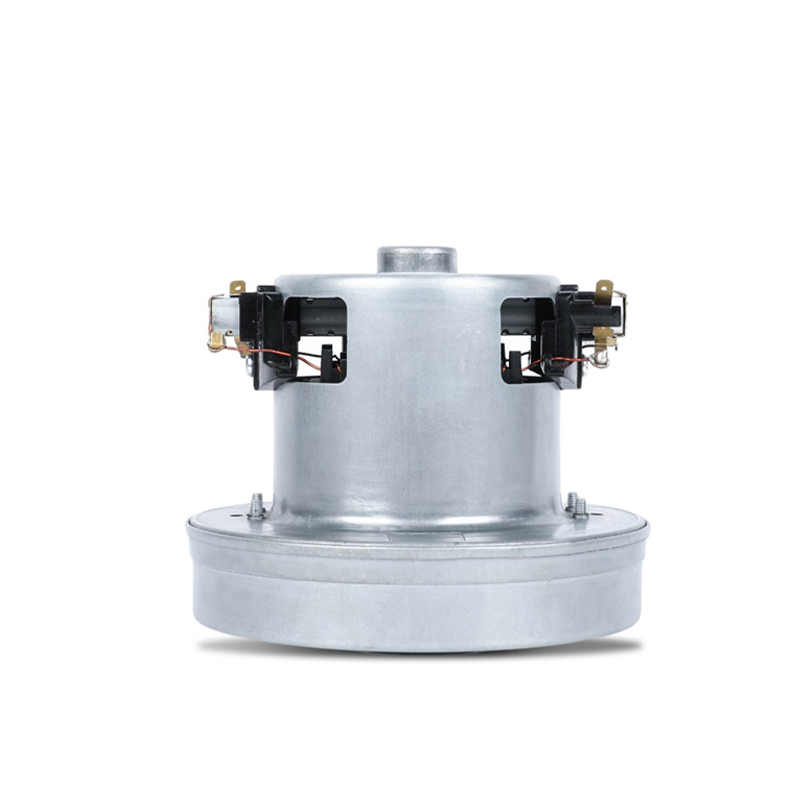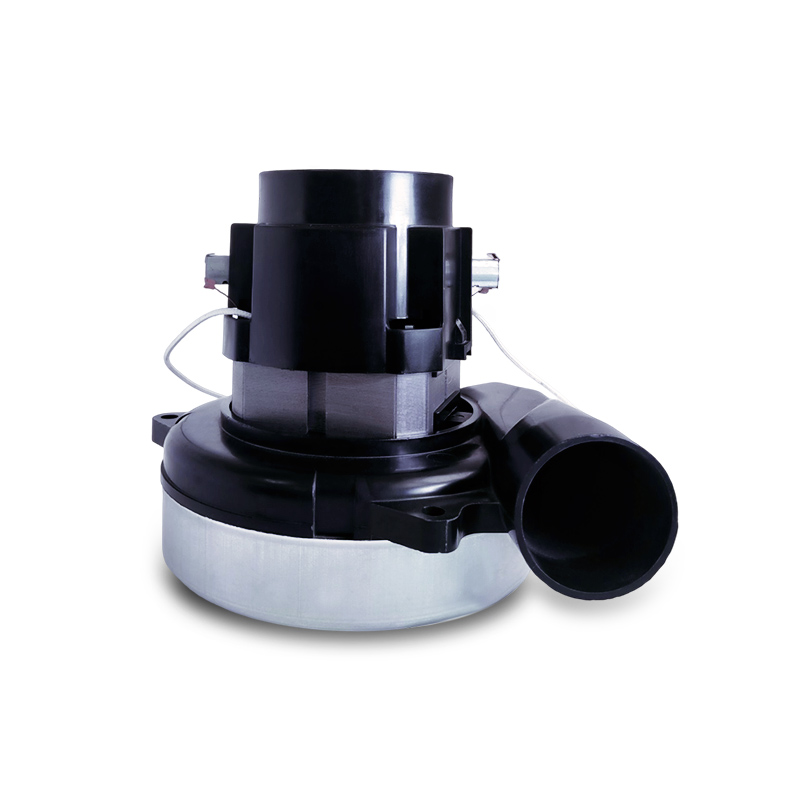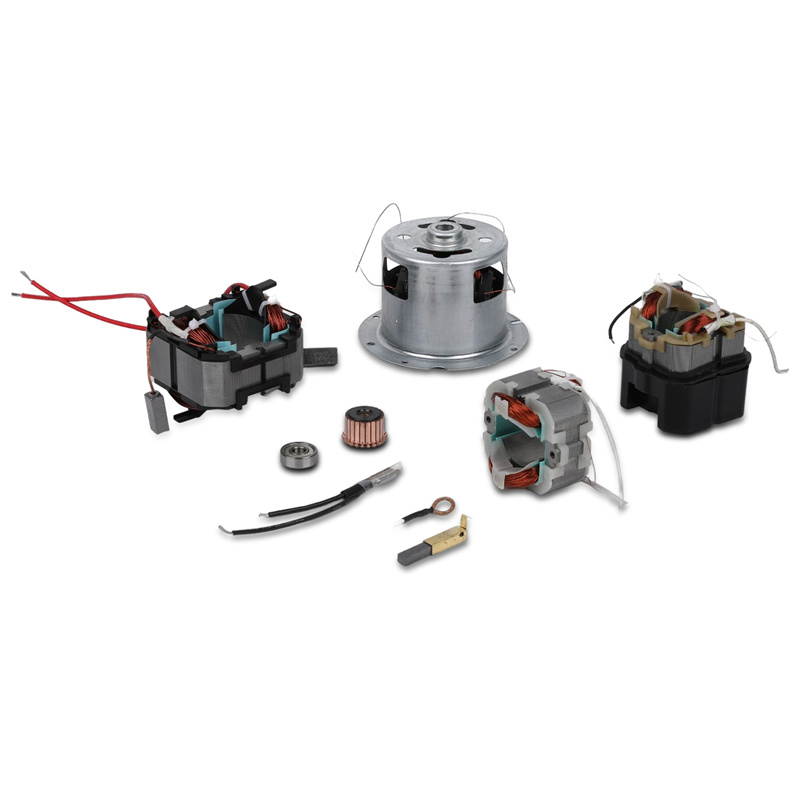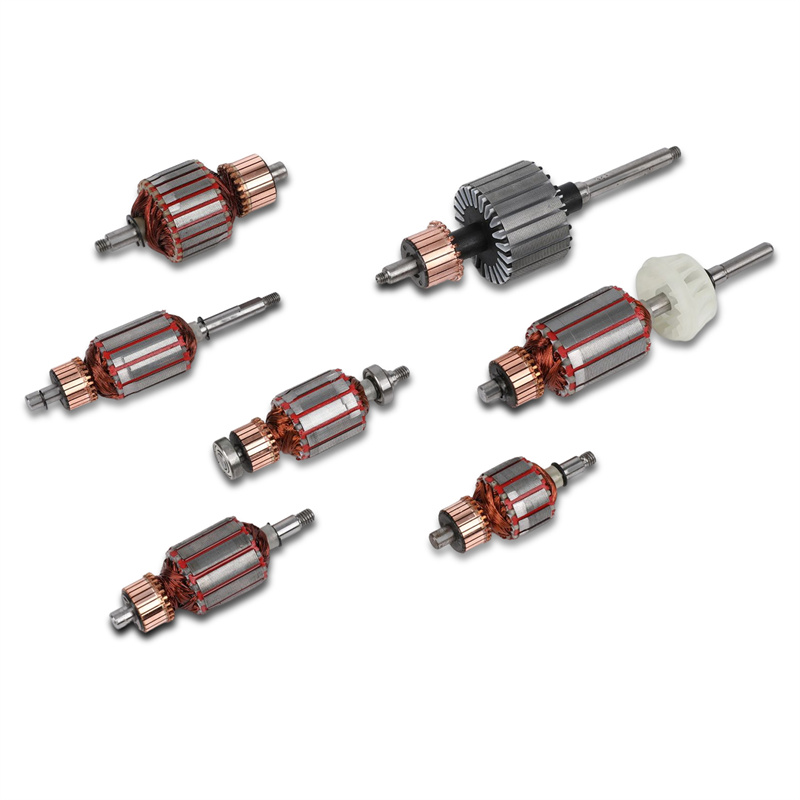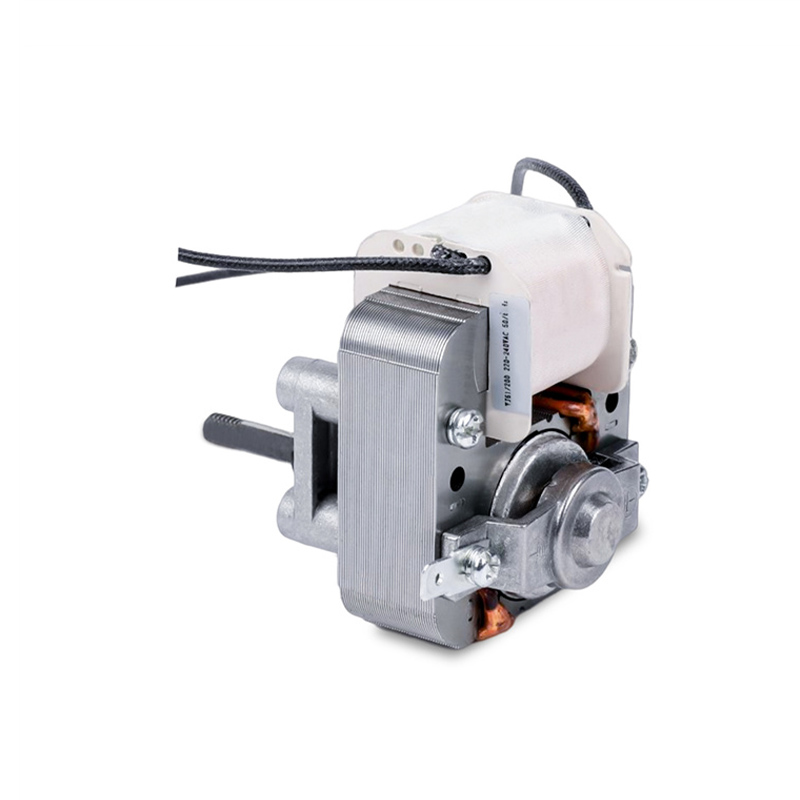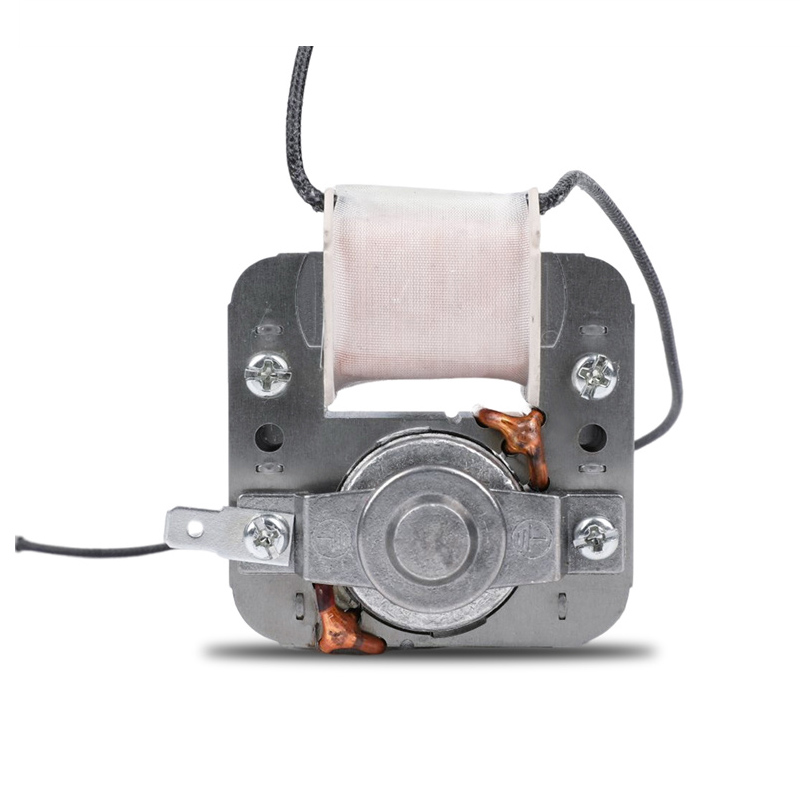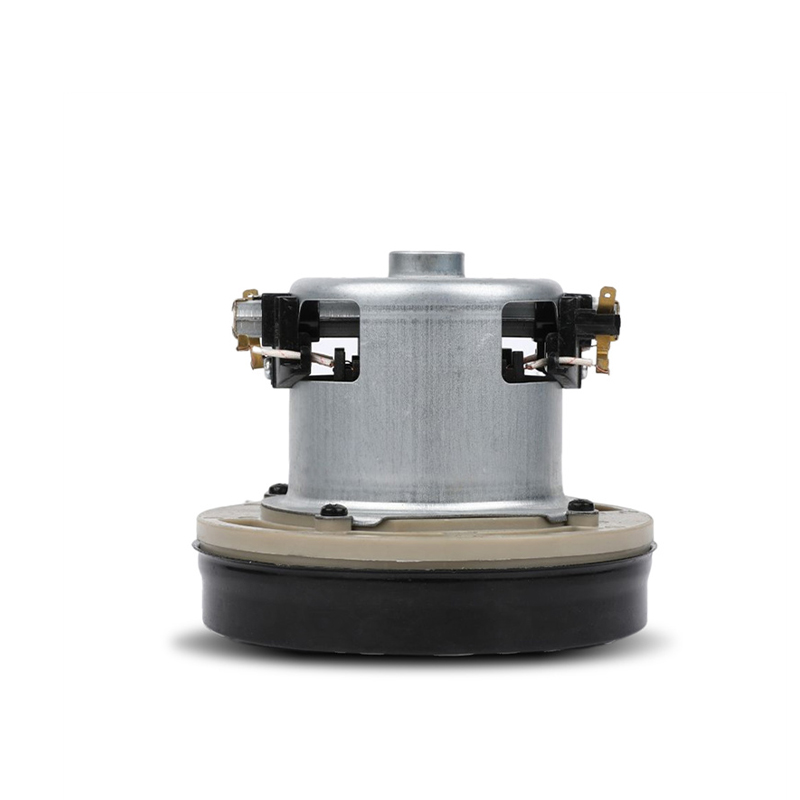What is the relationship between the stator and rotor of a vacuum cleaner motor
The stator and rotor in a vacuum cleaner motor are two key components, and their interaction is the key to converting electrical energy into mechanical energy.
The function of the stator:
The stator is the static part of the vacuum cleaner motor and usually consists of coils mounted inside the motor housing. The main function of the stator is to generate a stable magnetic field, which is formed by the current in the coil. The magnetic field of the stator is relatively static and does not rotate. The structure of the stator and the design of the coils directly affect the formation and characteristics of the magnetic field.
The role of the rotor:
The rotor is the rotating part of a vacuum cleaner's motor that is usually connected to the vacuum cleaner's fan or impeller. The rotor corresponds to the coils of the stator through a shaft and is installed inside the stator. The main function of the rotor is to rotate in the magnetic field generated by the stator. This rotational motion is generated by electrodynamic force in the electric motor principle, that is, the current in the coil interacts with the magnetic field to form a torque, which causes the rotor to start rotating.
The role of electric power:
The electrodynamic force in the electric motor principle is at the heart of the interaction between the stator and rotor. When the current in the stator coils interacts with the magnetic field produced by the stator, a torque is generated between the stator and rotor. This torque is the result of the force exerted by the current on the magnetic field, resulting in the rotational motion of the rotor. This interaction is a key step in the conversion of electrical energy into mechanical energy.
Transfer of rotational motion:
The rotational motion of the rotor is transmitted to the fan or impeller of the vacuum cleaner through a mechanical transmission system. This transfer process converts the rotational motion into mechanical motion that generates powerful airflow. The rotation of the fan or impeller further enhances the suction power of the vacuum cleaner, allowing it to effectively pick up and collect dust, debris, and dirt.
Tuning performance and efficiency:
The performance and efficiency of a vacuum cleaner motor are affected by the interaction between the stator and rotor. Adjustment of the vacuum cleaner's performance can be achieved by adjusting the design of the coil, selecting suitable rotor materials and optimizing magnetic field control. Such optimization helps improve the suction power, efficiency and operational stability of the vacuum cleaner.


 English
English Deutsch
Deutsch Español
Español 中文简体
中文简体